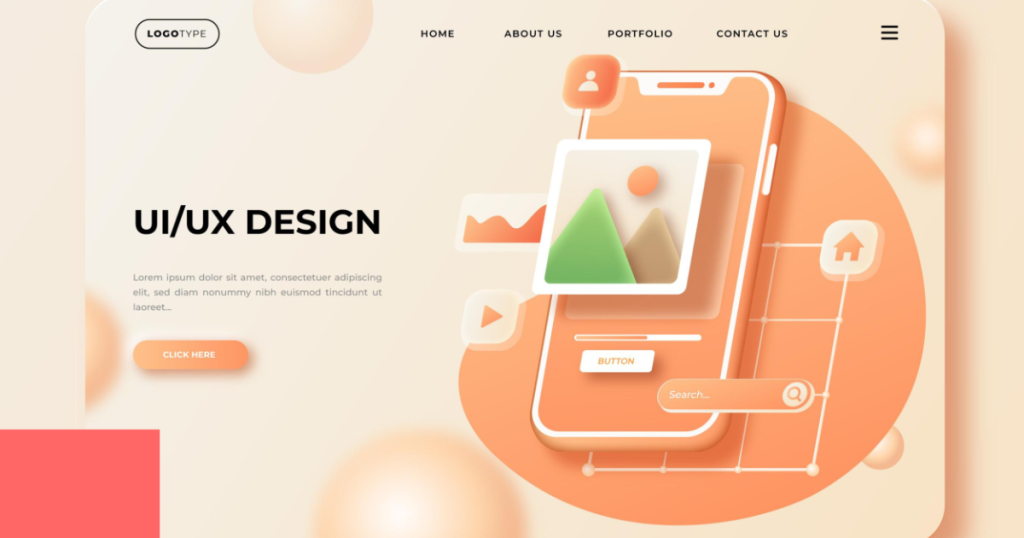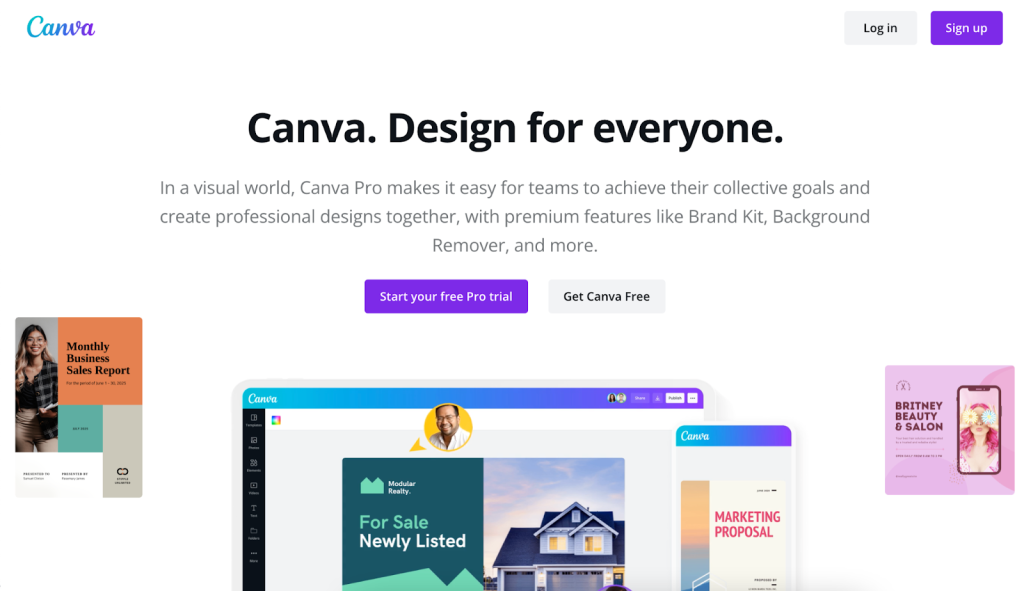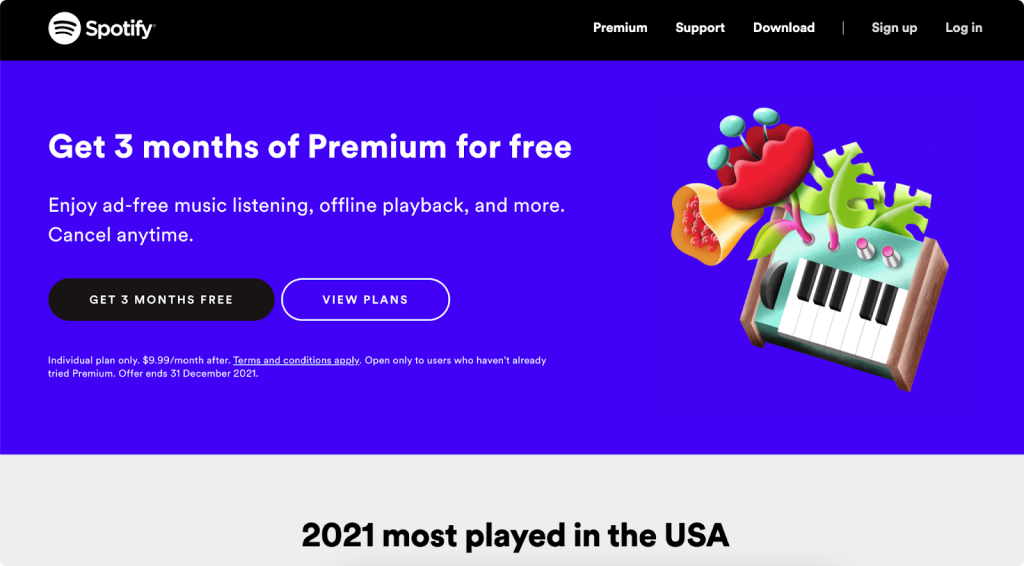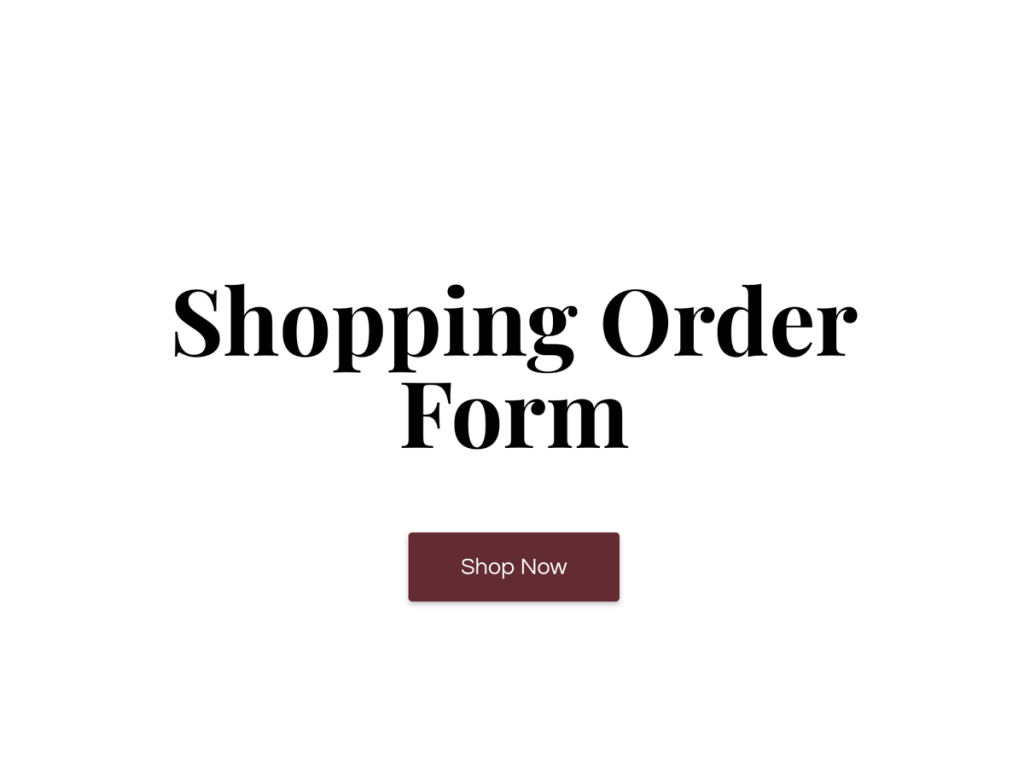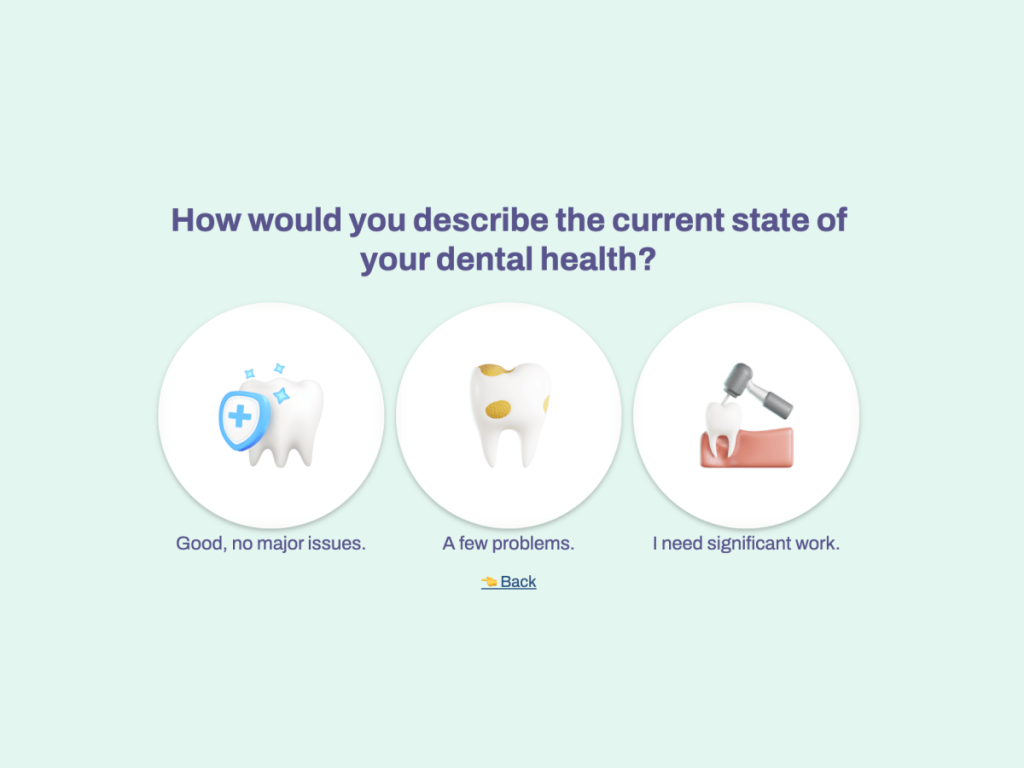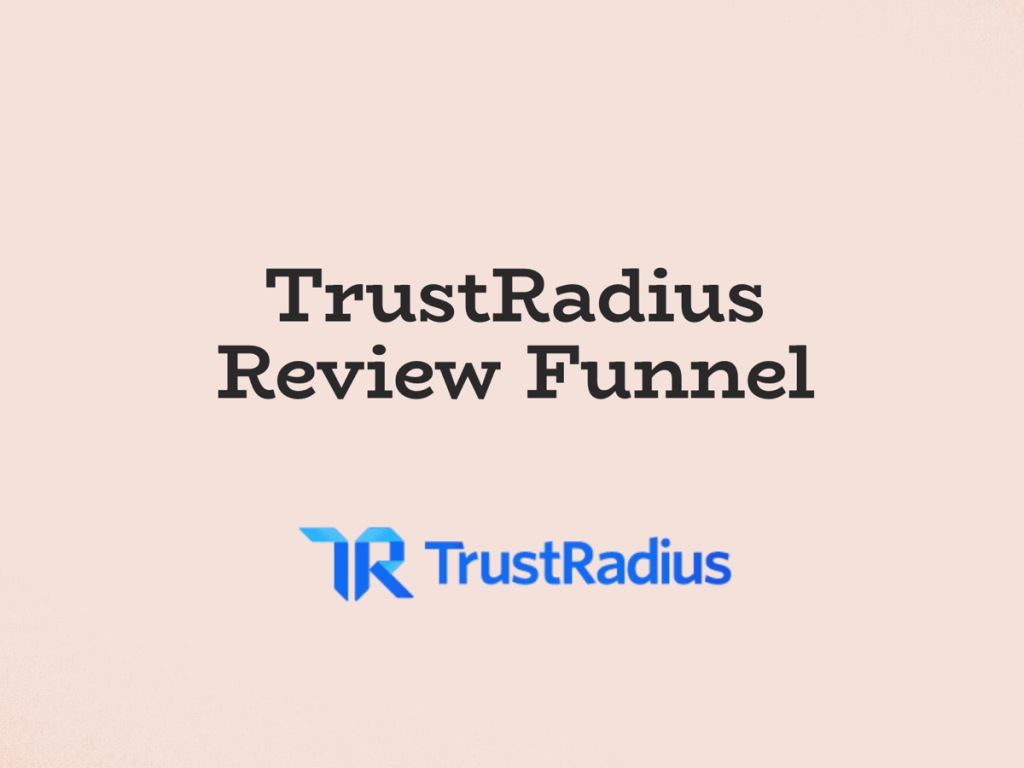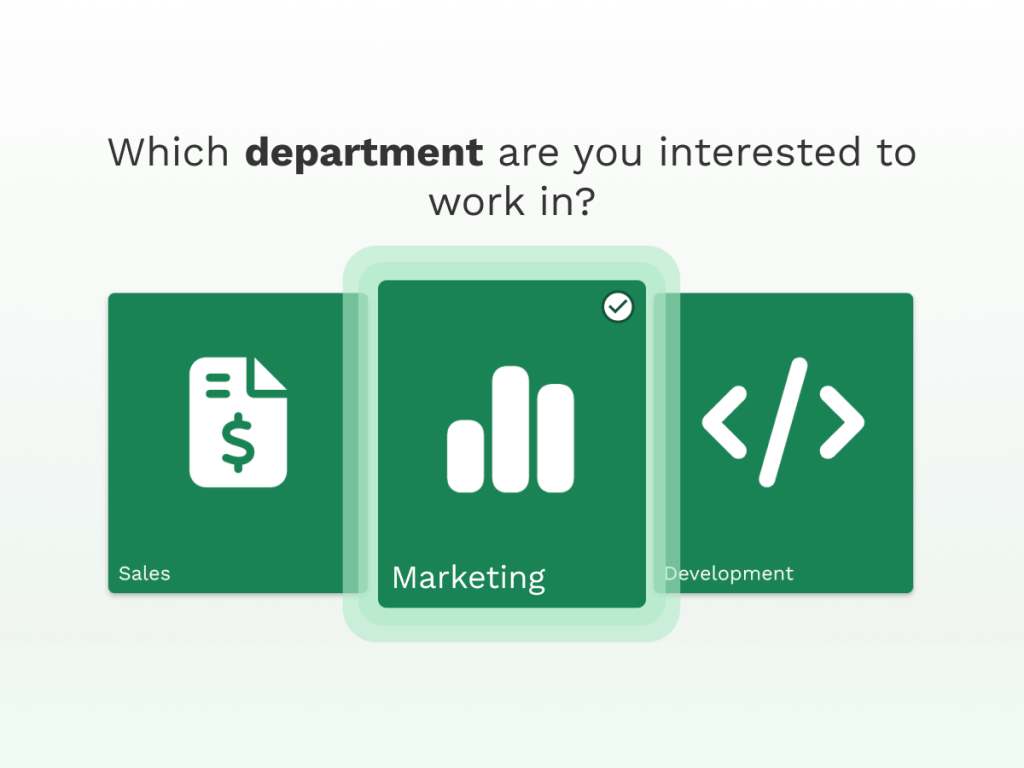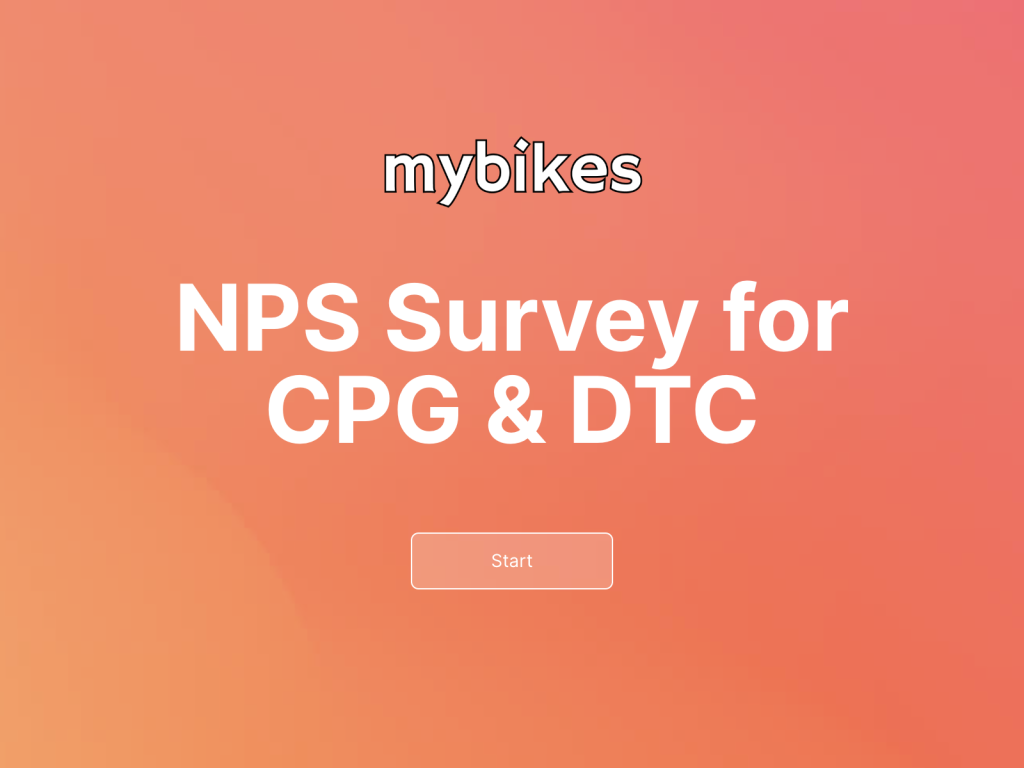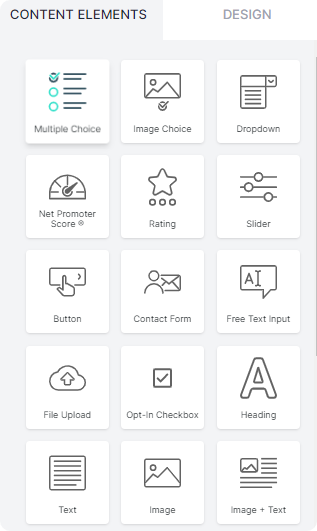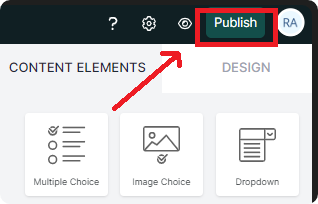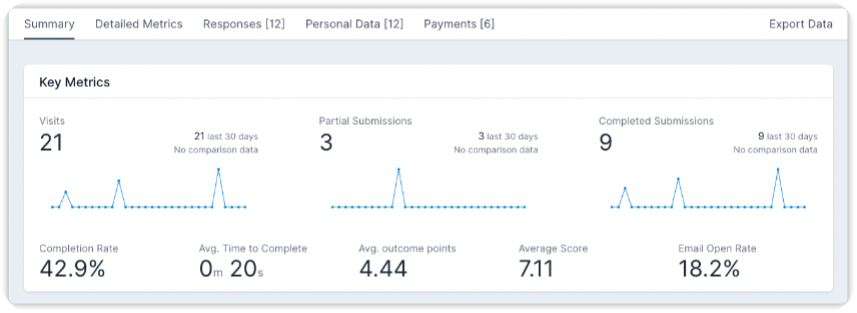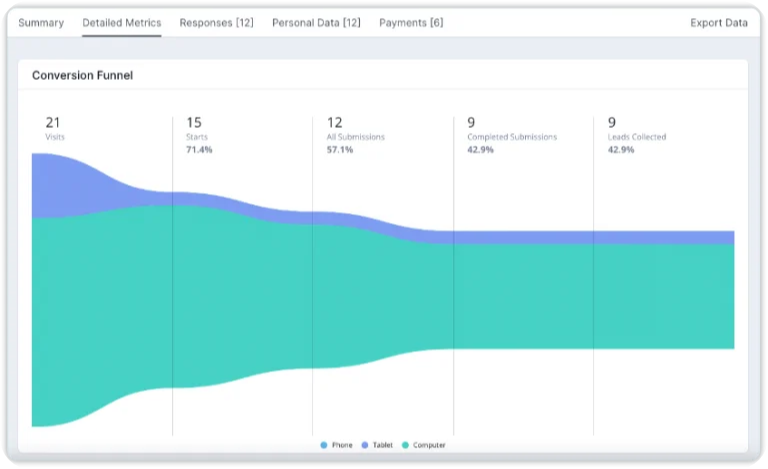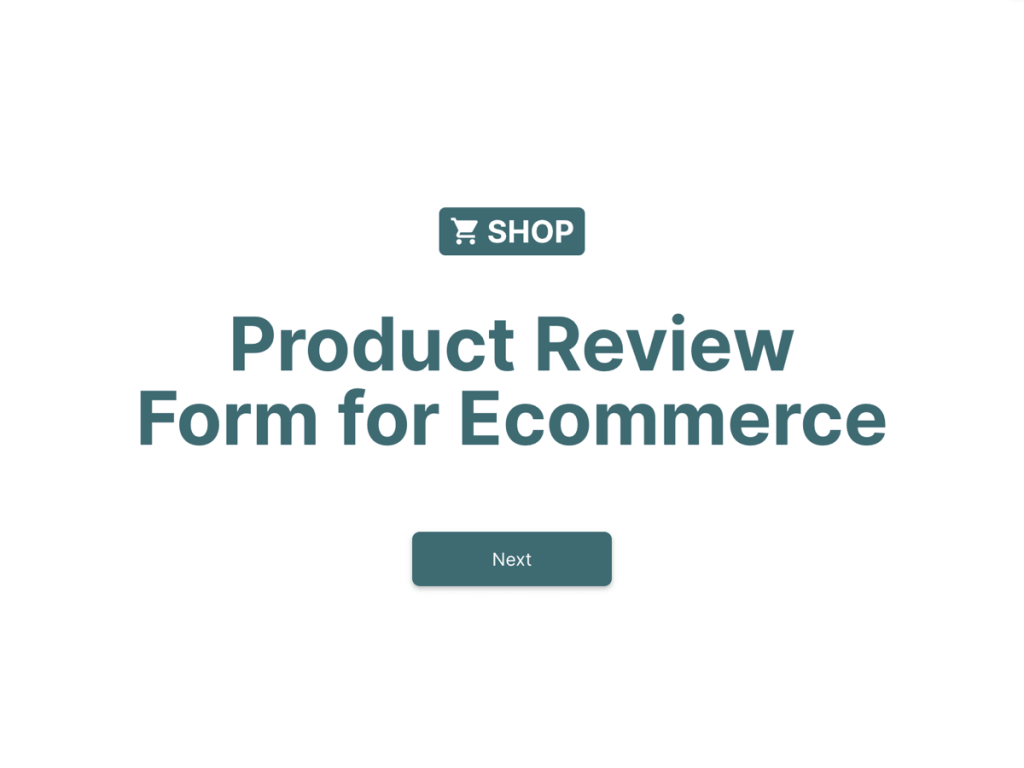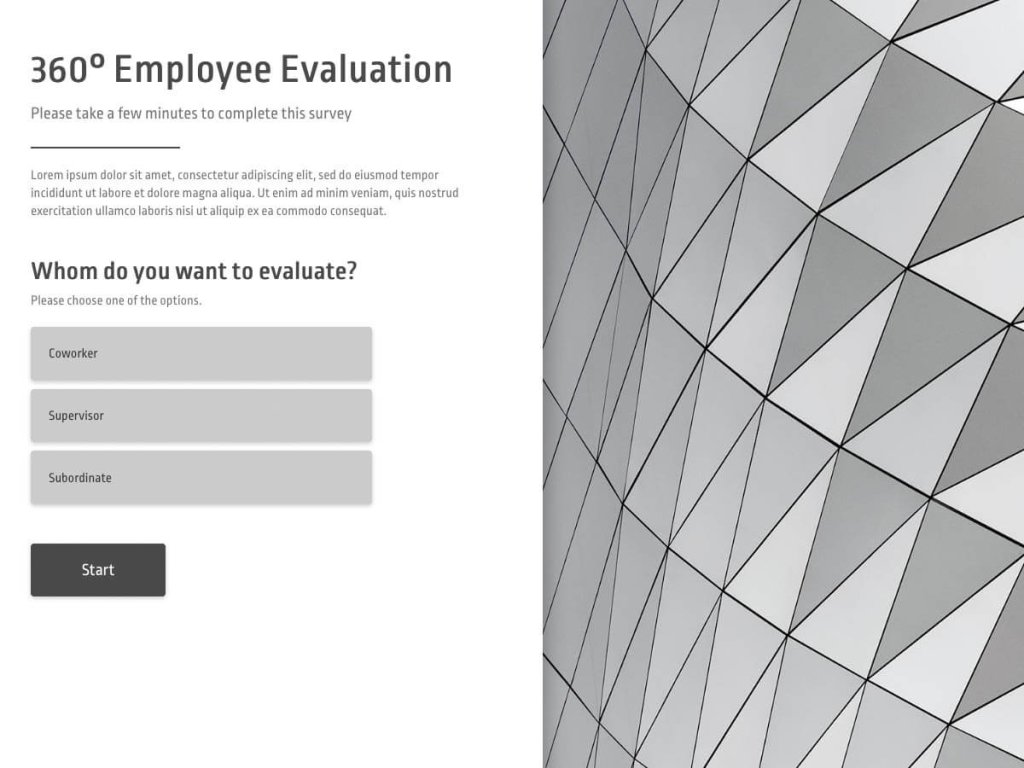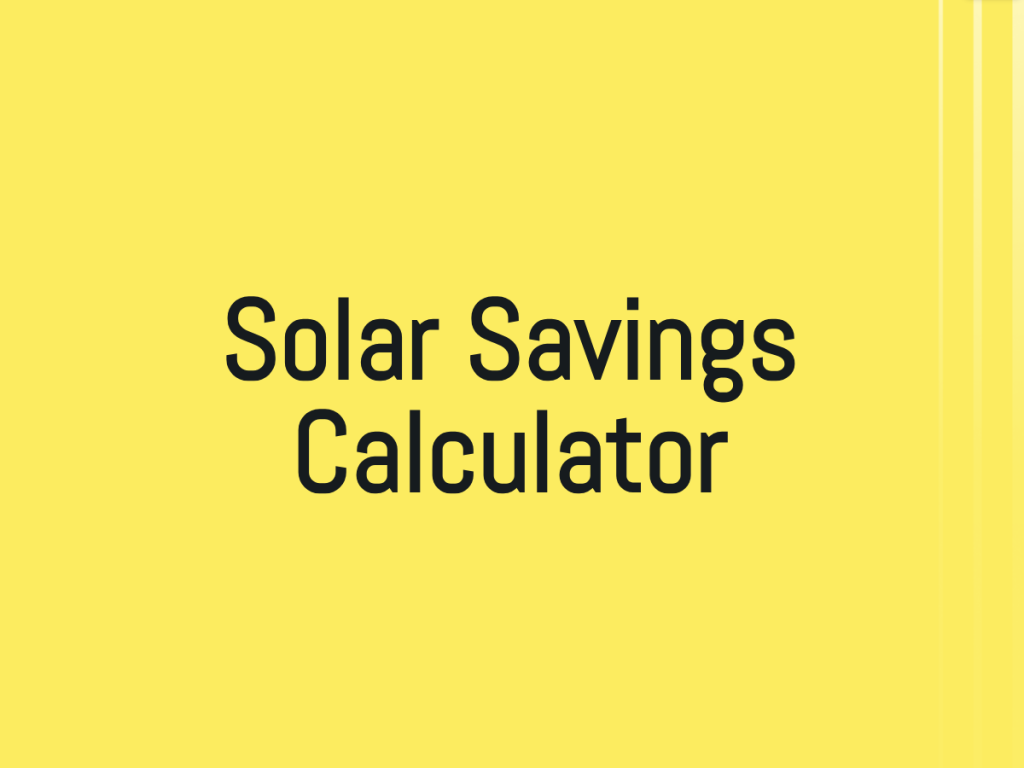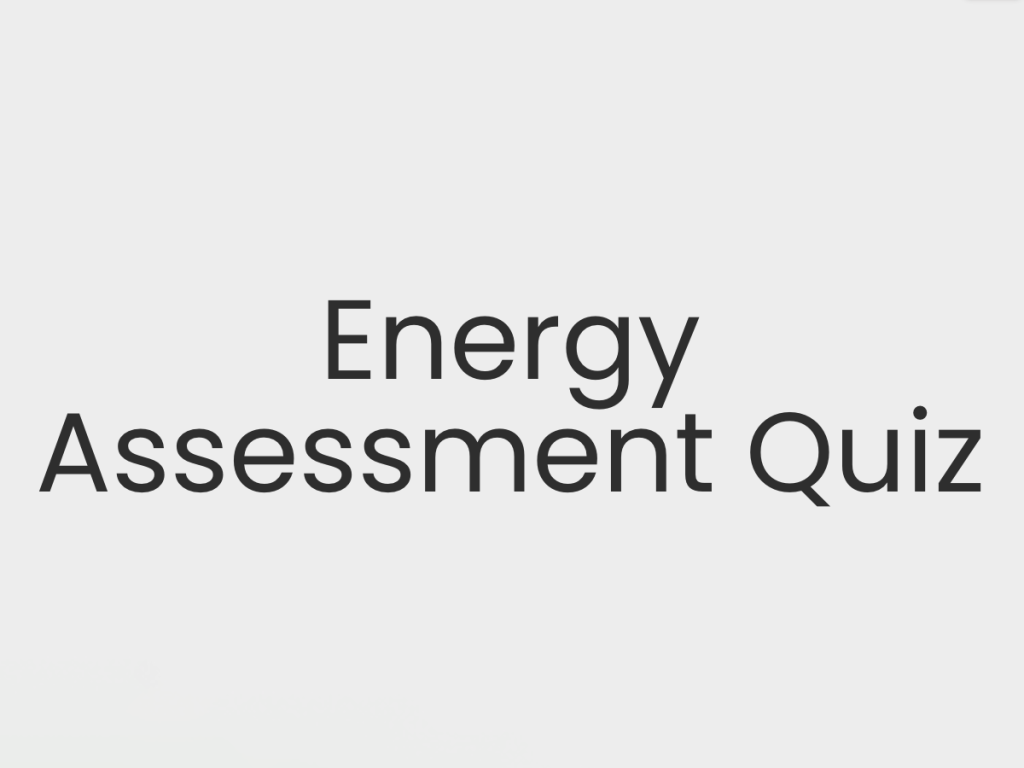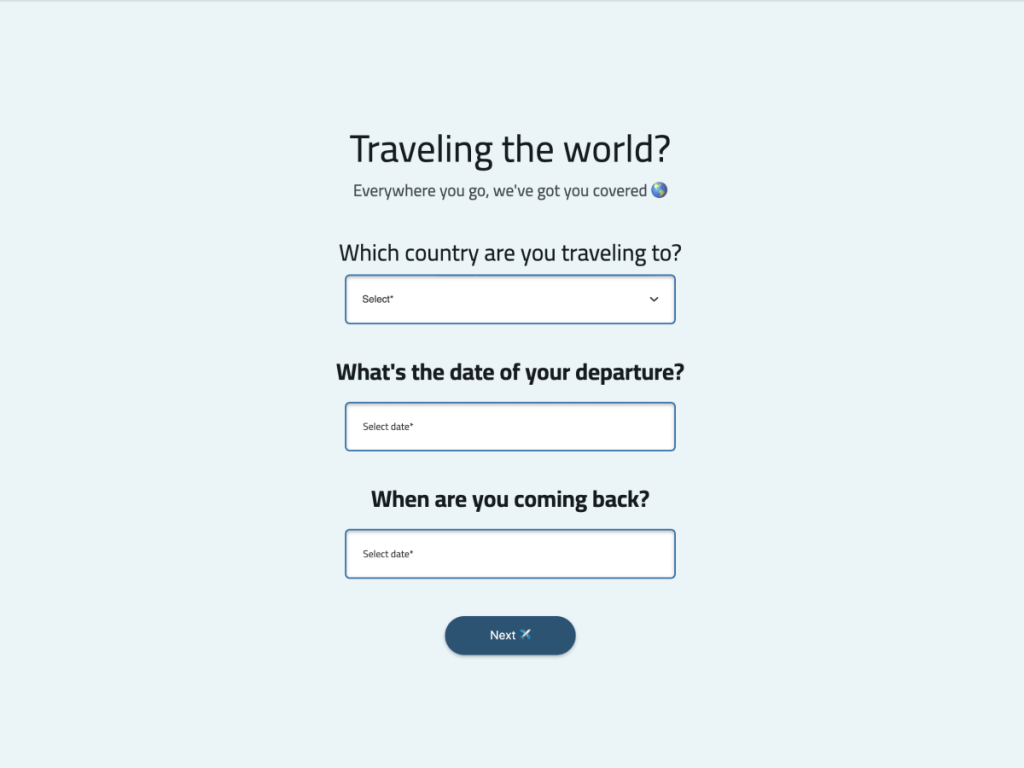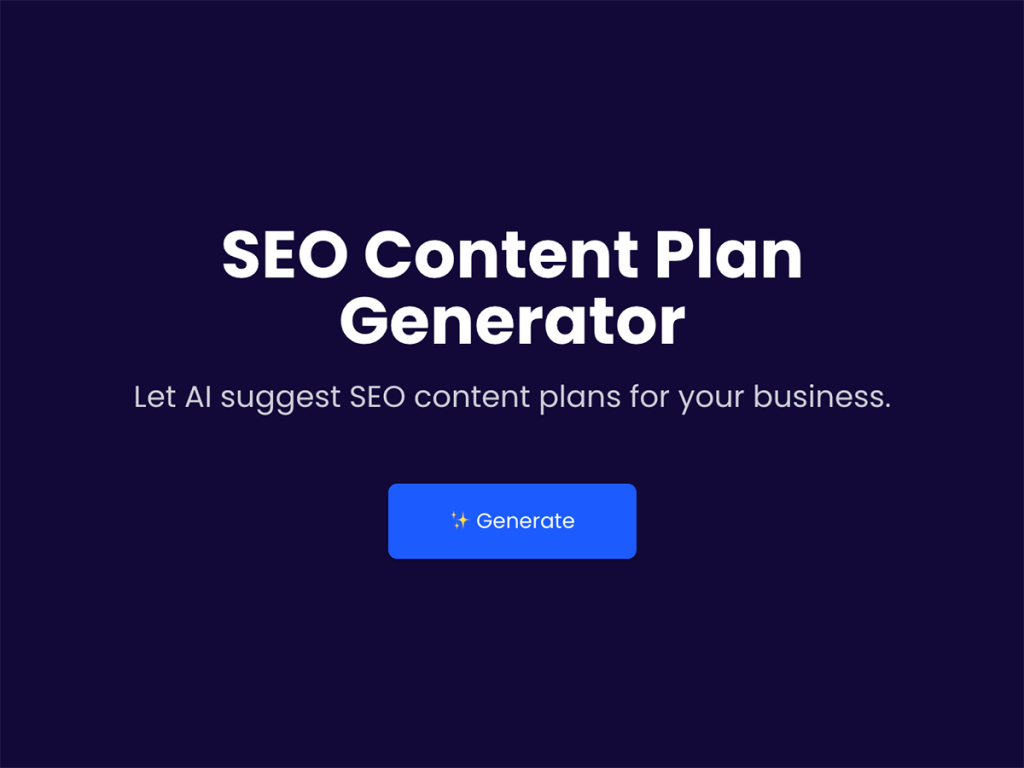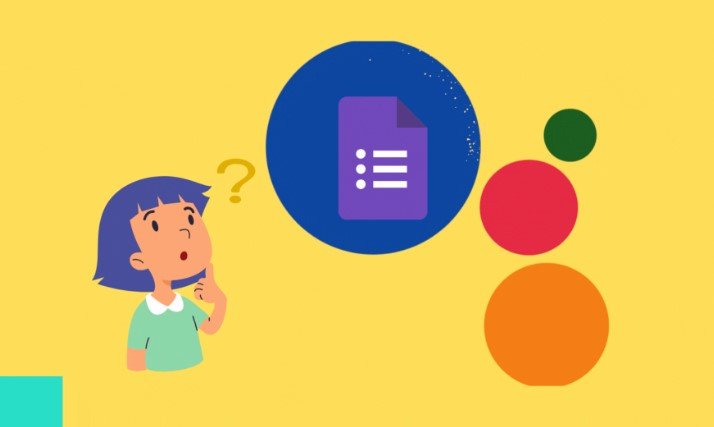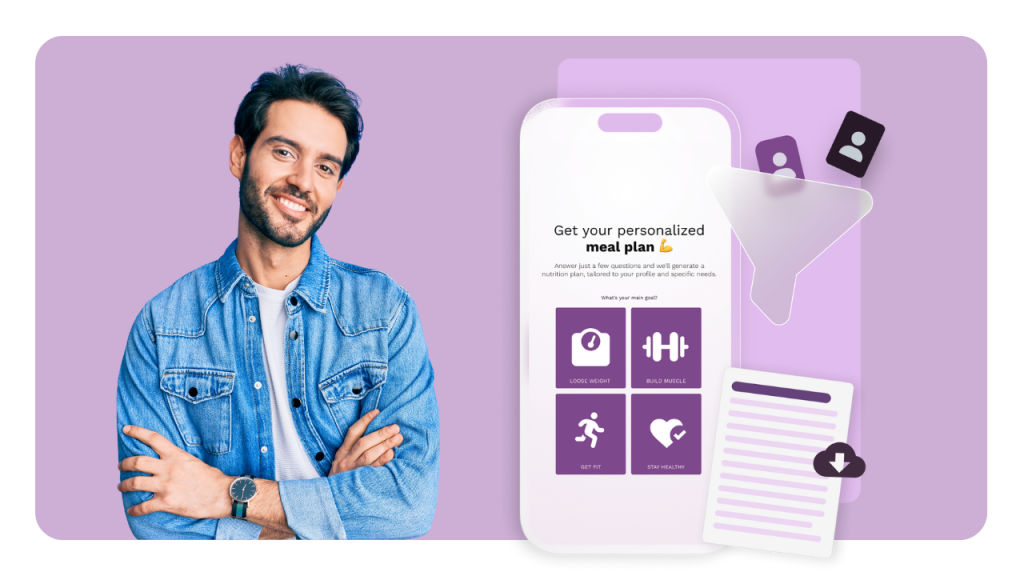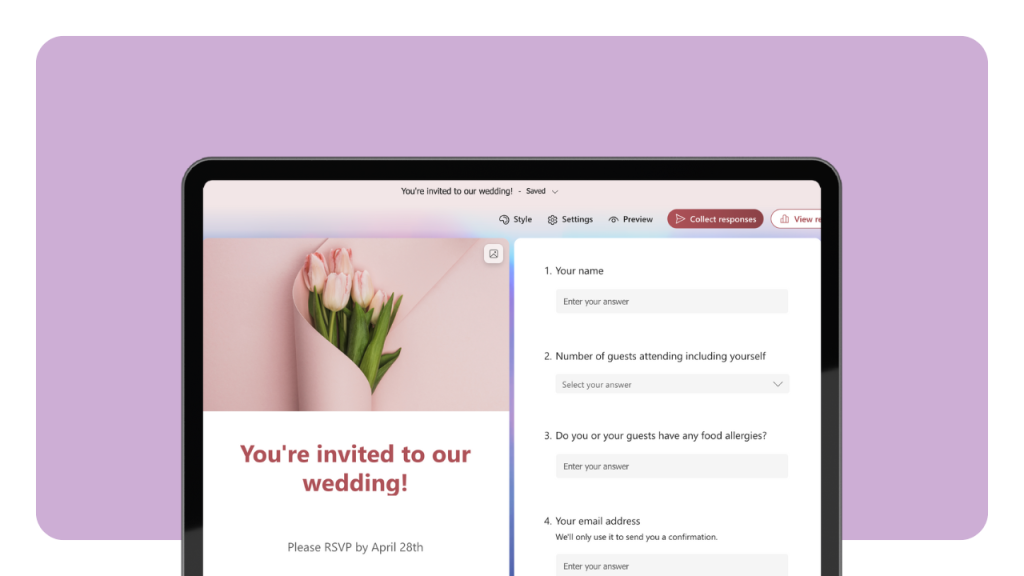Landing pages are the least popular type of sign-up form, but they have the highest conversion rate - 23% compared to the average form's 10%. So why isn't every form a landing page?
Building a landing page is a whole thing. You need to design it, A/B test it and make sure it works on different screen sizes… It often involves input from multiple departments.
Especially when you're making landing pages for your agency clients, the approval and optimization process can get tedious. That's why I'm here today to show you how I make quick landing pages and what metrics I look for when I optimize them.
But before we start…
What is a Landing Page?
A landing page is a distinct web page that people “land” on. They can land there after clicking the link in your emails, your ads, or your social media posts.
Primarily used in digital marketing campaigns, a landing page serves a specific purpose in your marketing strategy, focusing on turning visitors into leads and, ultimately, potential customers.
For content marketing agencies, the goal is to promote the desired action from a visitor. The action can be anything from making a purchase to signing up for a newsletter. In fact, some of the most successful landing pages are those that encourage users to:
Subscribe to a mailing list
Book appointments or calls
Download resources
Make e-commerce purchases
Here is a sneak peak to Mailchimp’s landing page:
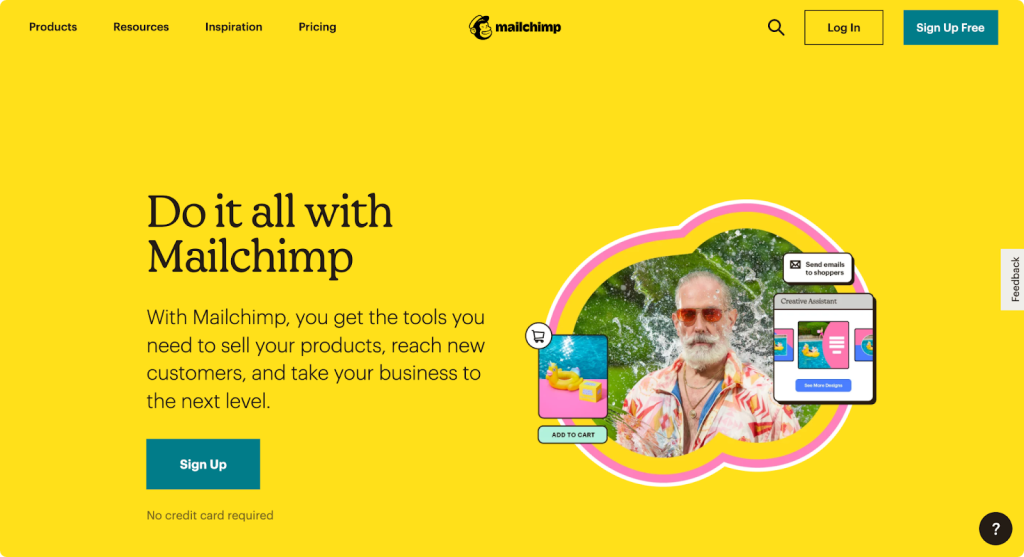
The Journey to Creating the Perfect Landing Page
For the landing page design, you need to keep the customer experience in mind. It's not just about making your current landing page attractive; it's about designing an impactful landing page that communicates value to the potential client and aligns with your branding.
One of the landing page examples we often refer to is of Canva's. This page is an attractive landing that embodies both aesthetics and functionality.
What Are Landing Pages Used For?
Post-click landing pages are used to convert clicks into leads. Unlike your website, that people can access from many different channels, a landing page is something that lives in your marketing campaign. You can use landing pages in:
Social media marketing efforts
Google search ads
Email marketing
A landing page is not something that pops up in organic campaigns, it's not a part of your website. It almost exists in a vacuum - a vacuum perfectly optimized for capturing potential customers and significantly contributing to your customer base.
What's the Difference Between a Landing Page and a Website?
Building a high-converting website requires a deep understanding of how to design the perfect landing page, and there's a marked difference between a landing page and a website. A website is something visitors can explore - there are many places to click, resources to check out, videos to watch, and articles to read.
A successful landing page, on the other hand, is more focused. It exists to funnel people towards one, specific action, enabling you to better segment customers based on their interactions with your landing page. Check how Spotify is doing this job via its landing page:
Here's a list of things you typically don't find on a landing page:
Navigation bar. You don't want to give people options. You want them to do one thing and that one thing is linked in a big bright button.
Multiple traffic sources. While various parts of the website can be accessed through various channels, landing pages tend to be campaign specific. People land on them after clicking on ads, emails or CTAs on your website.
One-size-fits-all messaging. Effective landing pages are made for specific campaigns. All messaging is created to sell one product to a target demographic. A study shows that addressing specific buyer fears increases conversion rates by 80%.
How to Build a Landing Page for Marketing Agency Clients
Creating campaigns for clients is the second most important responsibility agencies take on. The most important responsibility is keeping everything organized. Combining these two is how people get stuck and overwhelmed. Therefore, streamlining this process is key, and landing page builders like involve.me can help in building an impactful landing page swiftly.
involve.me has built-in functionality to help agencies streamline the process and has over 200 templates that you can edit. And did I mention it's free?
Here's a step-by-step tutorial on how to build a landing page in just a few minutes:
Pick a Landing Page Template
To get started, head over to involve.me and grab one of these landing page templates.
Get Started with Converting Lead Pages
With One Of Our 300+ Templates
Shopping Order Form Template
Dental Insurance Finder Template
TrustRadius Review Funnel Template
B2B Product Finder Template
Careers Page Template
Opinion Scale Survey for CPG & DTC Template
You can pick a template for two reasons:
The design. If you like what it looks like, you can fill it with any content.
The functionality. If you need help setting up accepting payments on your landing page or creating logic branches, use a template that already has the functionality.
Of course you can edit everything about the functionality and the design, so no matter what template you choose, you can make it work. Templates are just shortcuts.
Add Your Logo, Text, Background and Font
You want everything to match your client's brand. In involve.me you can control everything from layout to custom fonts and button roundness to match any brand.
Personalized Content
Personalized content is proving to be a game-changer when it comes to content marketing efforts. Recent studies reveal that personalized Call To Actions (CTAs) convert 203% better than default versions. For instance, using the visitor's first name to customize the CTA can significantly improve the conversion rate.
Remember, you’re trying to convince your target audience to take a particular action, so it’s essential to speak directly to them.
To call your landing page visitors by their first name, or use any other personalization information you want (like order details for example), you need 2 things:
You need to already have this information. Duh. This only works for leads you already have in your database. It will not work for new visitors you have no information about. Double duh.
You need to have the information in a channel you're distributing the landing page with. So if you're sending a marketing email that invites your leads to a webinar and you want the CTA on that webinar's landing page to be personalized, that means all personalization details need to be in your email tool.
This is how you do it:
Click Hidden Fields in the top right corner. Click “add hidden field”. Then under “Contact Data Fields” select First Name. You will get this little snippet that you're going to add to the link to your landing page.
But before you do that WAIT! See where it says “INPUT” here? That's just a placeholder. So unless you want to call everyone “INPUT” as their first name, you need to replace that with a personalization token from your email tool.
This is different for every email tool, but for example, I'm using HubSpot and in HubSpot it looks like this {{contact.firstname}}. I found this by searching “first name token” in their help center, which works for most tools.
When you've built your landing page, it's essential to ensure it is responsive for mobile devices. This ensures an optimal customer experience across different device types, given that over half of the world's internet traffic comes from mobile devices.
So unless you're using your landing page in an ad restricted to desktop, preview your design for mobile screens as well.
If the background doesn't look right, you can upload a different one just for mobile devices.
Publish Your Landing Page
Once you're happy with how everything looks, hit “Publish”. This will let you know if there are any errors on your page - for example I forgot to add a button to this page so I'll get a message telling me what page the issue is on.
Once that's fixed, you can move on to publishing your landing page. On this page you can set up the URL, which you can just type in and leave it at that or you can select a generic domain to hide the involve.me branding. You can also use a custom domain on higher plans.
To set up automated emails, tick this button. You can personalize the subject as well the text of the email with any information you collected. Just type in @ and select the first name for example.
Optimize, Optimize, Optimize
Making a landing page is not over once the page is live. The more data you collect, the more informed changes you can make to your current page.
As we often advise digital marketing agencies, creating a high-converting website requires consistent refinement based on data. With optimization, businesses have reported seeing a 30% increase in conversions.
So let me show you the optimization software I use.
This is the Analytics section of involve.me. To get here, click on the drop-down icon on the landing page you made here and select analytics.
The key metric is to keep an eye on before anything else is the completion rate.
It shows you how many visitors you converted.
If you set up an email, you'll see the email open rate here. If it's too low, the easiest way to fix that is to personalize the subject line like I showed you earlier. If you need more help making emails, I made a video about that, you can check it out below.
Upping your completion rate is a bit more challenging. The more complex your landing page, the more factors you need to look at.
You can see your conversion funnel on the detailed metrics page.
If there's a steep drop between your visits and starts, there's something wrong with the design of the first page. This means that nobody wants to click on anything on your page. Maybe the button is too low. Maybe the images you added are too large and are taking forever to load. Maybe there's too much text it's not scannable on mobile. Maybe the background is too busy and the text is illegible. Evaluate your page to understand why users aren't engaging.
A sharp fall between starts and all submissions suggests a problem with your form, typically the first question. Often, users avoid completing the form due to excessive questions.
Most visitors will answer at least the first question before they get bored and click away. But if your visitors get stuck here, that means they are not even doing that. They're not even answering the first question. So there's something with how you ask it and what information you ask for.
This is common in job applications where users are asked to upload a CV as the first step, leading to a drop-off if the CV isn't readily available.
A steep drop between all submissions and completed submissions indicates that you may be asking too many questions, causing users to partially answer but not complete the form.
How do you know how many questions are too many? Scroll down to Question funnel. Here you can see how people gradually drop off.
If there's a decline between completed submissions and lead collected, it could mean that users are reluctant to share personal information. This can be remedied by making the landing page offer valuable enough to justify the exchange of personal information.
Leveraging Social Networks for Landing Page Success
Whether you're running organic campaigns or using direct marketing strategies, leveraging social networks can significantly enhance your landing page's success. Our social media marketing team recommends embedding social media posts for customer engagement and potentially increase conversions.
Search engine optimization also plays a crucial role in landing page success. SEO-friendly landing pages have a higher chance of appearing in organic search results, attracting more visitors, and converting them into leads.
Wrapping Up
Now you know how to design, build and optimize a landing page for your marketing agency clients. It's as easy as picking a template. For more information about involve.me landing pages, here 's an interview with a marketing executive using involve.me to get 10.000 segmented leads every month.
